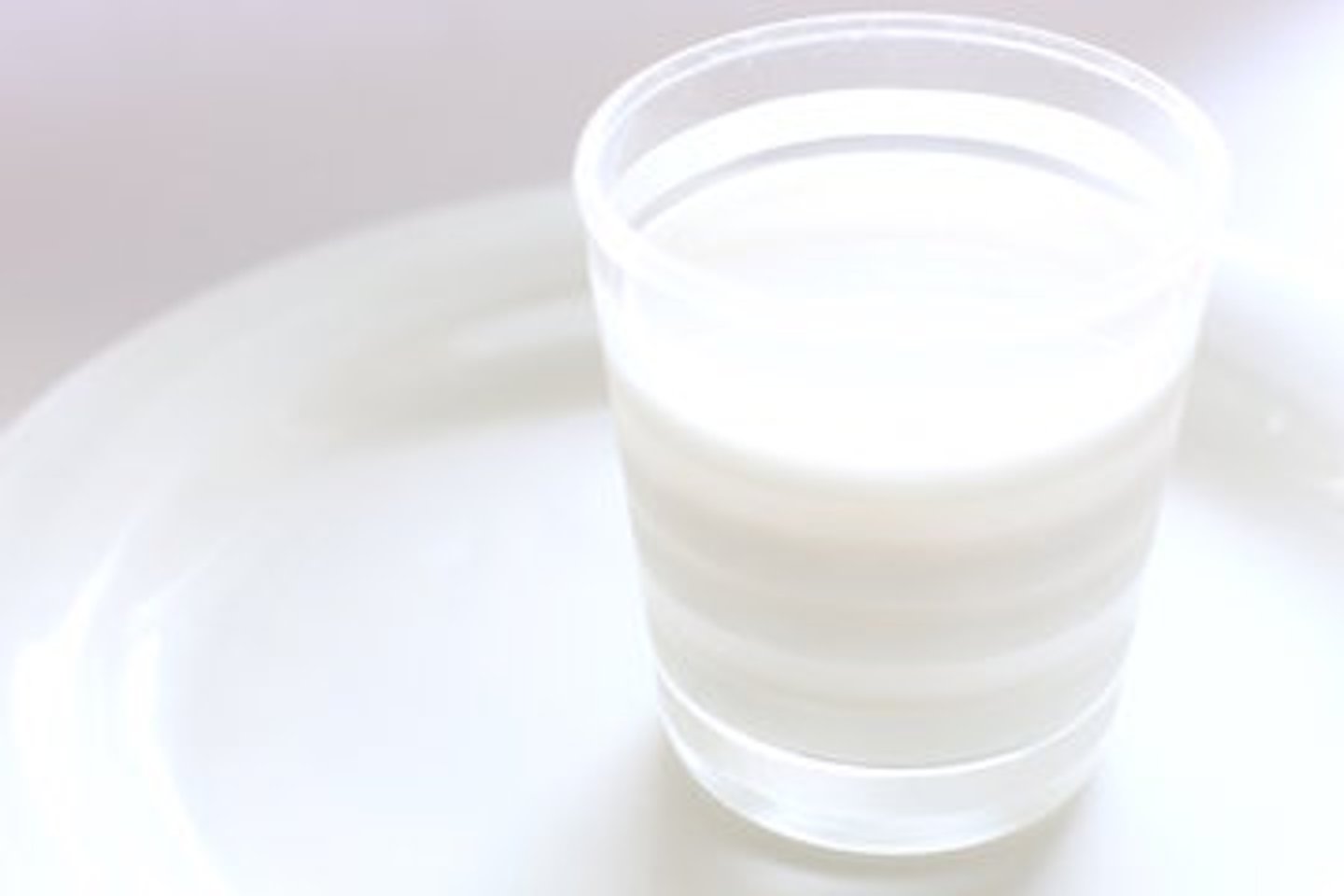Udderly ridiculous: Fluid milk prices fluctuate across Canada
Milk might do a body good, but it sure isn’t helping the pocketbooks of grocery shoppers in Atlantic Canada.
A new cross-country survey by retail intelligence firm Field Agent Canada has found that consumers in that part of the country are paying anywhere from 23% to 47% more than the average Canadian for 2% milk.
The mobile study of 175 retailers found that the price of 2% milk fluctuates wildly across the country, with the average price per litre for a 4L container rising 2.5% in 2015, to $1.23.
READ: TPP could pose bigger problem for dairy industry
The survey reveals a “huge disparity” in milk prices, with the average price of a 4L bag ranging from a low of $3.97 in Sudbury, Ont. all the way up to $7.20 in Charlottetown, PEI.
“We make the comparison that whether you’re in Mississauga, or St. John’s, or Newfoundland, a 2L bottle of Coca-Cola is going to have a pretty narrow price range,” said Field Agent Canada GM Jeff Doucette. “You would not see one city where the price would be double what it is in another city.”
St. John’s was the most expensive city in which to buy milk for the second straight year, although the average price per litre has decreased about 7% as the two major dairies in that market – Cook’s Dairy and Scotsburn – have ramped up competition.
Another key factor impacting prices in St. John’s, says Doucette, is that customers do not have the ability to purchase milk in 4L packages, eliminating the ability to reduce costs by buying in bulk. Prices in Charlottetown, P.E.I were only “marginally” cheaper than those in St. John’s, according to Field Agent.
READ: Dairy farmers working to avert butter shortage
Dominion is the most expensive retailer to buy milk in St. John’s, with a 2L carton costing $4.17 ($2.09 per litre), compared with $3.37 ($1.69 per litre) at both Walmart and Costco.
The most expensive milk in the country, however, is found at a 7-Eleven in downtown Toronto, where a 2L container sells for $5.19 (a unit cost of $2.60 per litre). It is the second straight year this 7-Eleven location has had the highest cost in the country.
“If you need milk in downtown Toronto, it can be very expensive,” the report concludes.
Despite being located in a dairy hotbed that is home to Canada’s two largest dairy producers – Agropur and Saputo – consumers in both Quebec City and Laval are paying an average of 30% more for milk than their fellow Canadians.
Costco stores in Windsor, London and Nepean, Ont., meanwhile, offer the best prices on milk, at just $3.89 for a 4L package.
READ: Why the dairy lobby is so powerful
Doucette attributed the price discrepancies to provincial supply management and inter-provincial trade barriers that cause consumers to pay more to subsidize small or inefficient producers, manufacturers and distributors.
“There are a lot of factors that go into the end price of milk, but if you back it right up to the cow…we don’t have that many cows here in Newfoundland,” said Doucette. “In smaller provinces in Atlantic Canada, there’s a higher input cost because there’s a smaller industry to start with.”
He said that consumers could “potentially” get a break if the dairy sector opens up under the massive Trans Pacific Partnership (TPP) deal. With the newly elected Liberal government currently evaluating the TPP, and a pending free trade deal with the European Union, Doucette said that Canada could be poised to see a shift in milk prices.
READ: Dairy farmers reminds Canadians to milk every moment
Countries such as New Zealand and the Netherlands have developed their dairy industry to be driven by exports, and Canadian consumers would likely benefit from the liberalization of the dairy market, the report concluded.
The average Canadian consumed 74.17 litres of fluid milk in 2014 according to the Canadian Dairy Information Centre, down slightly from 74.9L in 2013 and a significant decrease from 81.6L in 2008.
Price audits were conducted using Field Agent Canada’s panel of 45,000 smartphone users, who conduct audits, mystery shops and shopper surveys across the country. Data was collected from 175 stores in 19 markets between Nov. 23 and Nov. 28, with a least one market in each of the 10 provinces

